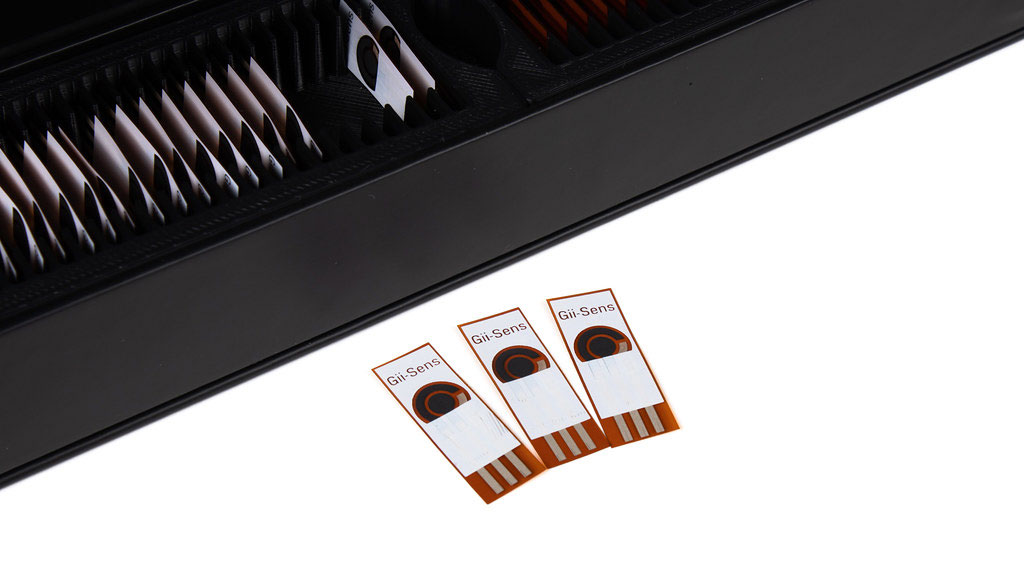New, Enzyme-Free Glucose Monitoring Sensor Solution Could Find Applications in Range of POC Diagnostics
Posted on 03 Feb 2022
Researchers have developed a new glucose sensor that is cheaper and more robust than current systems, opening up the possibility of taking the underlying applied methodology to a vast range of similar point-of-care diagnostics.
Researchers at the University of Bath (Bath, UK) working in collaboration with industrial partner, Integrated Graphene (Stirling, UK) have developed a new sensing technique based on graphene foam for the detection of glucose levels in the blood. Since it is a chemical sensor instead of being enzyme-based, the new technology is robust, has a long shelf-life and can be tuned to detect lower glucose concentrations than current systems.

Many current biosensors use enzymes that bind glucose and produce an electric current proportional to the concentration of glucose in the blood sample. The new technique uses a chemical sensor, which is more robust and is not affected by high temperatures or changes in pH. Furthermore, it has the potential to accurately detect a wider range of glucose concentrations above and below current biosensor ranges, which may be useful in neonatal glucose sensing.
The new sensor is based on the chemical boronic acid, which is attached to a graphene foam surface. An electroactive polymer layer is added on top and binds to the boronic acid. When glucose is present, it competitively binds to the boronic acid, displacing the polymer. The sensor produces an electric current proportional to how much polymer is displaced, meaning that the concentration of glucose in the sample can be accurately measured. The researchers anticipate the sensor will expand the scope of boronic acid - based glucose sensing. Their sensor is based upon electrochemical methods rather than fluorescence, thereby enabling new boronic acid – based glucose sensing approaches.
“We’re excited by our results as this is the first time this approach has been used for glucose sensing,” said Professor Tony James, who is a Royal Society Wolfson Research Merit Award holder at the University of Bath’s Department of Chemistry and helped supervise the project. “We are still in the early stages of optimizing sensitivity and reproducibility but hope this new technology could be used in a wide range of applications, from medical sensing to food production. It could also be adapted to sense other molecules or for use in continuous flow systems.”
“Now, with this project alongside the University of Bath, we are beginning to see some of that potential being realized to create a more cost-effective and therefore accessible platform by using a new, enzyme-free glucose monitoring sensor solution,” said Dr. Marco Caffio, Co-Founder and CSO of Integrated Graphene, said: “When we started Integrated Graphene. “Now that we have proved this technique, it opens up the opportunity to take the underlying applied methodology to a vast range of similar point-of-care diagnostics that could profit from associated benefits such as reduced cost and enhanced shelf-life.”
Related Links:
University of Bath
Integrated Graphene







 Analyzer.jpg)





